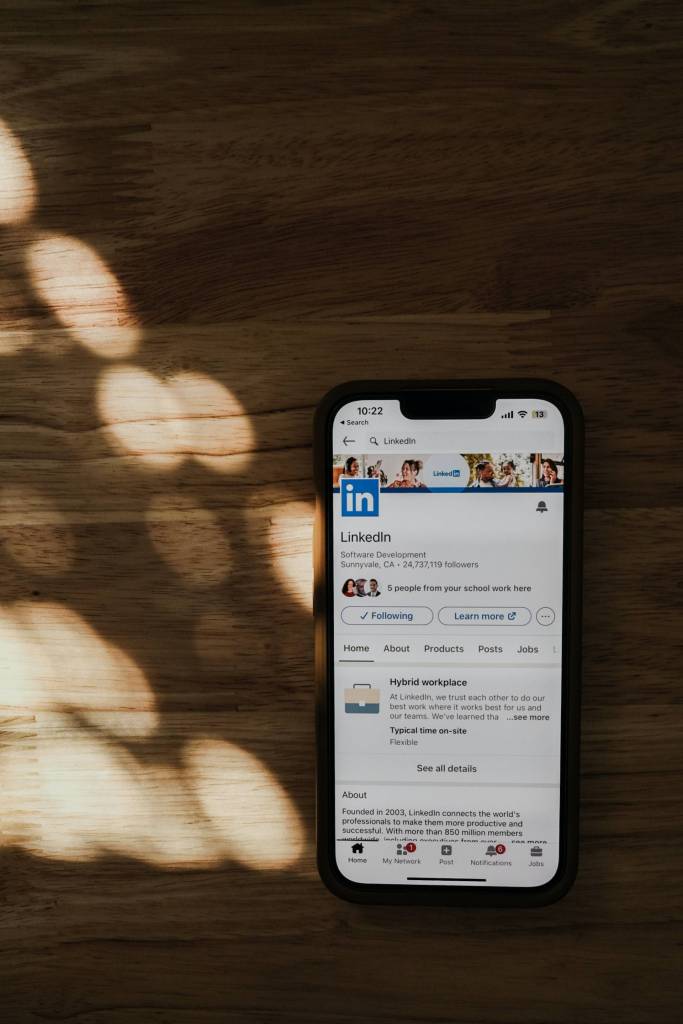It’s a story every job seeker has to tell. You find the perfect job opening. You apply. And then you wait. And wait. And wait.
Just because an organization wants to hire doesn’t mean it’s in any rush to fill its open slots. But a new study by three economists underscores that the flip side is also true: firms frequently hire even without having a formal opening.
To better understand how vacancies relate to actual hiring, Steven Davis of the University of Chicago, Jason Faberman of the Federal Reserve Bank of Chicago, and John Haltiwanger of the University of Maryland dug into the Bureau of Labor Statistics’ Job Openings and Labor Turnover Survey. This survey samples some 16,000 establishments each month, asking firms how many people they are looking to hire, what sort of advertising they’re doing to find workers, and more.
Looking at data from 2000 through 2006, the researchers found that 42% of hires were happening at establishments that had said, just the month before, they had no vacancies. The take-away for job-seekers: companies often move fast to fill positions as they open. If there’s a place you want to work, find a way to introduce yourself before a job opening is even posted. Because once companies decide to hire, you might not have much time to sell yourself.
And a short window of opportunity is actually the best case scenario. The survey asks companies about vacancies at the end of the month, and then tracks how many hires happen in the next 30 days. This means that the raw numbers don’t differentiate between a company quickly filling an opening, and a company hiring a person without ever officially logging a vacancy. Using some fancy economic modeling, the researchers found evidence that for a full 27% of hires, establishments never recorded a vacancy. What’s going on there? It’s possible to come up with different stories, but one is that establishments hire when they see someone they want—even more reason to try to get your foot in the door before the door is open.
The researchers also took a look at how fast different sorts of firms fill open positions. Construction outfits were the fastest to fill openings. Retailers, leisure and hospitality firms, and transportation establishments were fairly speedy, too. At the other end were employers falling into the categories of government, health and education, and finance. These sorts of establishments took more than a month on average to fill an open position. That’s not to knock certain employers. As the researchers note, some industries are subject to laws and regulations requiring formal search processes, while others survive on constantly filling short-term positions.
In fact, the notion that some outfits are constantly and quickly hiring meshes with another finding: the higher an establishment’s worker turnover rate, the more likely it is to fill positions quickly. That is to say, the firms that get back to you immediately about your application may also be the ones where employees are frequently leaving.
Perhaps that’s something to keep in mind the next time you are waiting and waiting to hear back about a job application.
Author:
Barbara Kiviat is a veteran journalist, having spent seven years at Time magazine covering business and economics. Barbara has also written for Fortune, Money, The Miami Herald, The Arizona Republic, The Chronicle of Higher Education, Reuters, and TheAtlantic.com, among other outlets. These days, Barbara is pursuing a PhD in Sociology and Social Policy at Harvard University, where her research focuses on understanding the social side of economic phenomena, including hiring.












